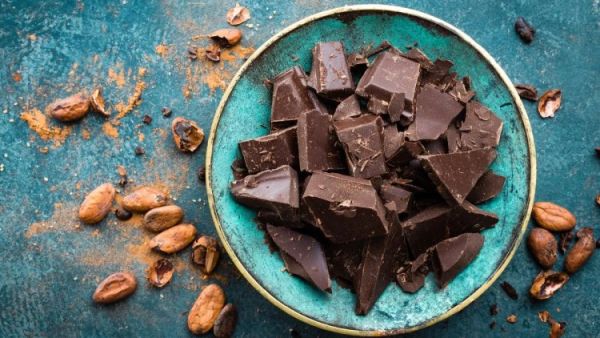Alternatives to Dark Chocolate: Due to its deep and nuanced flavor character, dark chocolate is highly valued in the baking industry. Dark chocolate gives depth to any dish or sweet treat since it contains more cocoa and less sugar than milk or white chocolate. A lovely balance of flavors is created when the overwhelming sweetness is broken through by the bitter undertone of dark chocolate. Furthermore, the high cocoa content of dark chocolate offers a variety of health advantages, such as flavonoids and antioxidants.

Dark chocolate is a multipurpose ingredient that may improve cakes, cookies, brownies, and muffins, among other baked goods. However, don’t panic if you run out of dark chocolate when baking! These are some more substitutes for dark chocolate that you may use while baking.
Alternatives to Dark Chocolate
Cocoa powder without sugar
In baking, unsweetened cocoa powder is often used in place of dark chocolate. It offers a deep, rich chocolate flavor without the need of added sugar. For every 1 ounce of dark chocolate specified in the recipe, use 1/4 cup of unsweetened cocoa powder instead. To balance the flavor, adjust the recipe’s sugar level appropriately.
Nutella
Another option is to use Nutella, a chocolate-hazelnut spread. It offers a rich, chocolaty taste with a unique hazelnut flavor. You may use it in your cakes and sweets.
Coconut Oil with Cocoa Powder
Another substitute for dark chocolate in baking is cocoa powder combined with coconut oil. Without the addition of sugar, this melting, glossy paste offers a rich, chocolaty flavor. It’s a flexible option that works well in almost all desserts.
Almond Butter
In baking, almond butter may be used in place of dark chocolate while still delivering a creamy texture and nutty flavor. To give your baked goods a healthy dose of sweetness, use two to three tablespoons of almond butter.
Paste Dates
A natural sweetener called date paste contributes a deep, caramel-like flavor. Because of its inherent sweetness, it is the preferred option for anybody who is concerned about their health.









